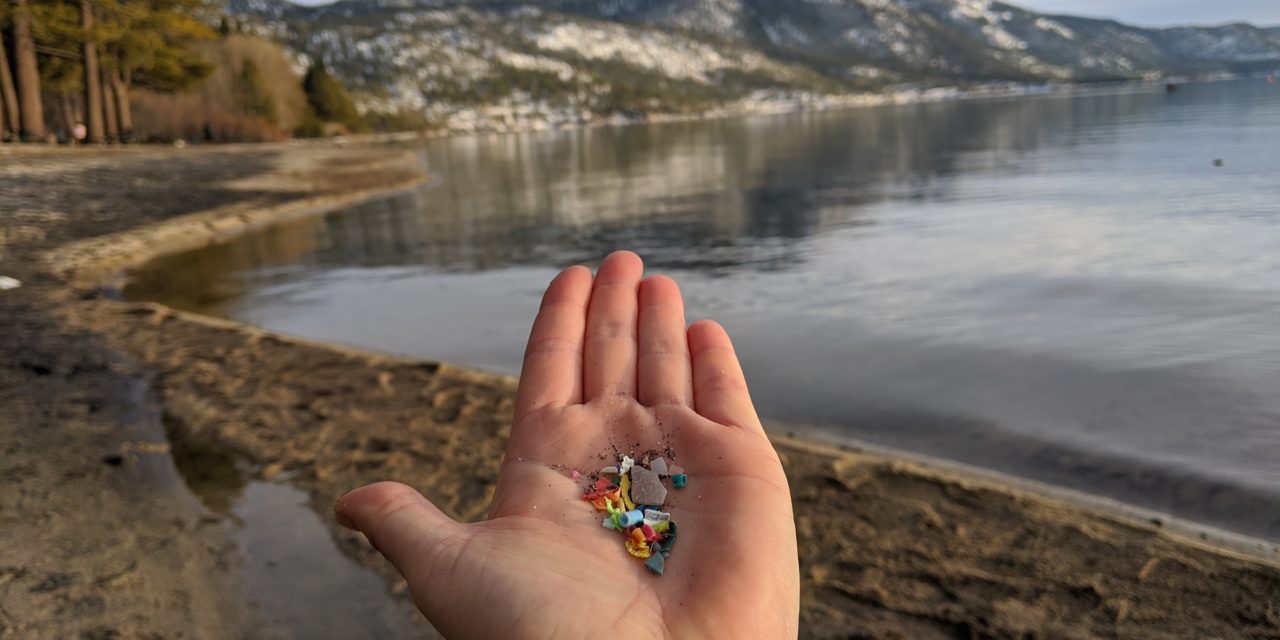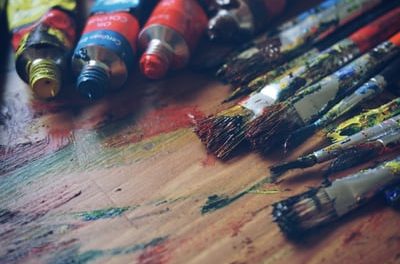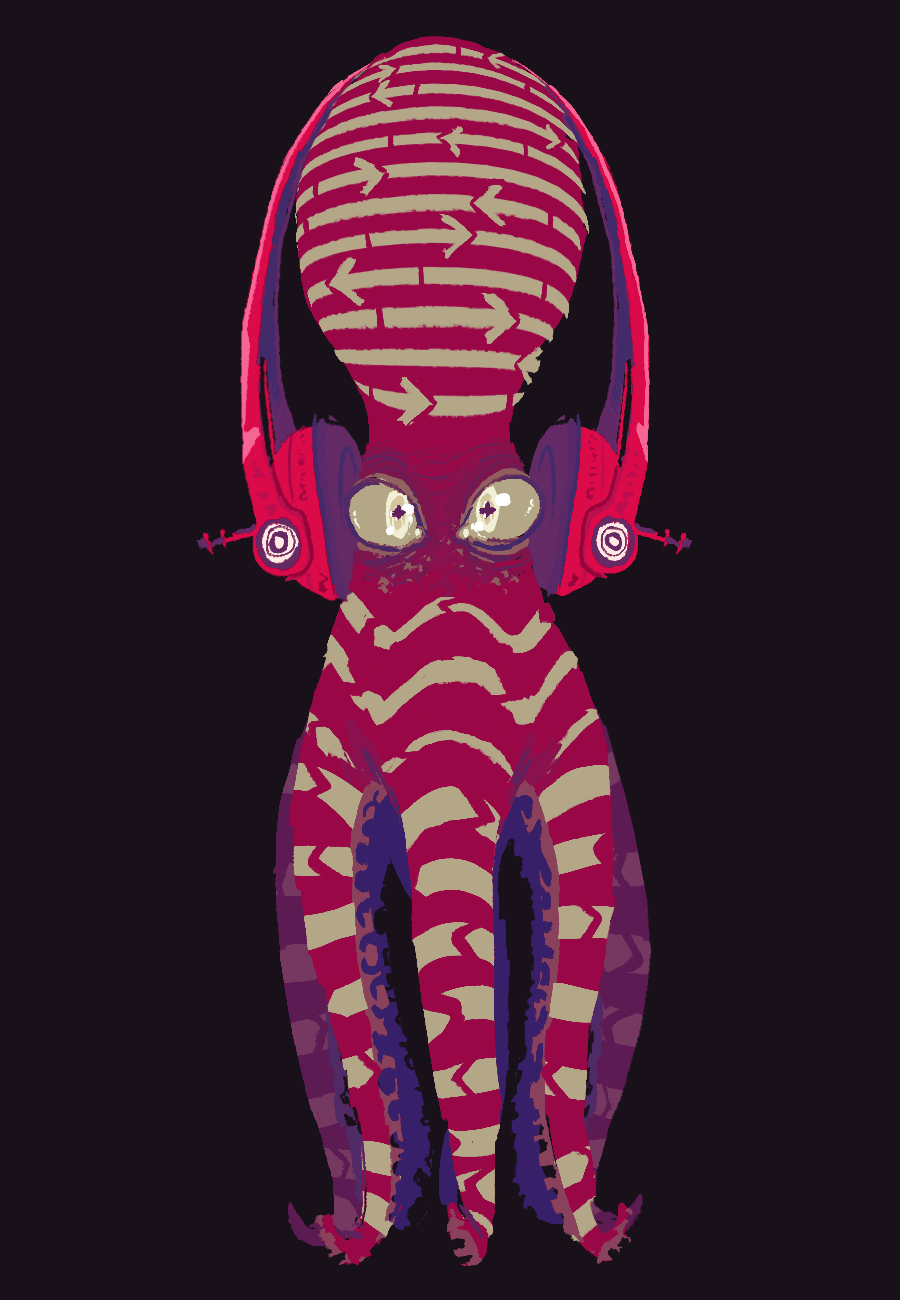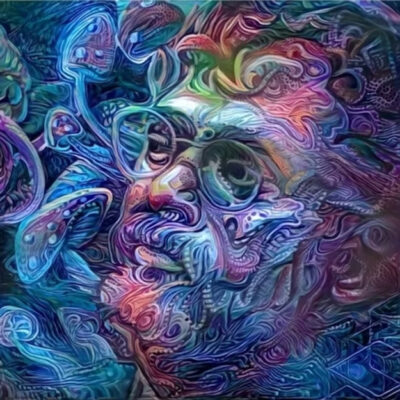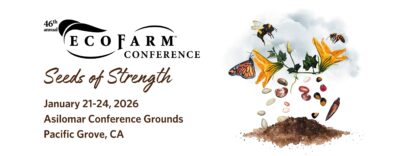
Picture Credit: Amanda Heidt
Music Credit: True Blue Sky, Blue Dot Sessions (CC license CC BY-NC 4.0)
Transcript:
Looking around, it’s probably easy to pick out things that are made of plastic. But would you believe that they’re also in the air, in your glass of water or in your afternoon snack? Tiny, nearly-invisible microplastics are popping up everywhere, and scientists are still working to understand where they come from and what risks they pose.
But how do you study something that you can barely see? And how to account for the fact that so much of our lives are dependent on plastic products?
Jenessa Gjeltema (gel-te-mah), an associate professor in zoological medicine at UC Davis, walks us through the unique challenges of studying these invisible particles.
Gjeltema: Microplastics are essentially small pieces of plastic, almost like the size of a piece of sand that you can find contaminating the environment. They’re very diverse. There’s so many different types and kinds and originations, so where they originally came from.
Some microplastics are manufactured to be small — think of a microbead in your facewash — but others are the result of larger things like plastic bags, cigarette butts and tire rubber breaking down over time. Synthetic fibers from clothing are problematic as well. A single wash could be releasing more than 700,000 microscopic fibers.
Gjeltema: Some of them are quite beautiful to look at under the microscope in their own little way. Because they are so colorful and different, each one is a little bit different in the way that they appear.
And appear, they have. What began as isolated sightings in the 1970s has culminated in what the EPA recently referred to as the “crisis” of microplastic pollution.
Gjeltema: We are finding them everywhere. They’re in the air, the atmosphere, they’re in Arctic ice. They’re in foods that we eat. In salt and beer and water that we drink.
Researchers can’t yet say how dangerous microplastics are. Some scientists argue it’s the plastics themselves that pose a threat. They’ve been found in our intestines and our lungs, and the smallest pieces can pass the barrier between blood and brain. Others think microplastics smuggle toxins or germs into our bodies, even if the plastics themselves are not harmful. Microplastics have a way of absorbing things in the environment, including bacteria, viruses or chemicals that can disrupt the body’s natural hormones.
Gjeltema: We’ve got a substance that’s persistent in the environment for a very long period of time. So we’re talking about decades to hundreds to even thousands of years. What are the effects on our animals, our plants, our ecosystems, our health?
To start answering those questions, scientists need to study microplastics in minute detail. But many of the usual tools they would use — gloves, pipettes, bottles and baggies — are themselves plastic, raising the issue of contamination.
Gjeltema: They not only contaminate our environment, but they also contaminate our labs and our research equipment and our sampling equipment. You really have to be careful about the ways that you’re sampling and the methods that you’re using. So a lot of times the protective PPE that you would normally wear in a lab is actually made of the compounds that you’re trying to study.
Scientists are getting creative. One researcher likened a trip to buy lab equipment to baking a cake — she went to her local grocery store to buy glass mixing bowls and wooden spoons.
Gjeltema: We actually wear natural fiber laboratory coats. We also have little hair coverings. We also have to be careful about what kinds of cloth we’re cleaning the lab up with.
But minimizing contamination is only half the problem. Once you have your microplastics, you still need to know exactly which type each piece is to know where it came from. The chemical signature of each type of plastic can tell you something about its source.
One such tasty-sounding method used by Jenessa and her colleagues to ID plastic is called Raman spectroscopy — that’s raman with an ‘a’ and not with an ‘e’ — named after the Indian physicist who developed the technique.
Gjeltema: We harness a monochromatic laser made up of only one wavelength of light. Usually green or blue.
When the laser hits the plastic, some of its energy gets absorbed, but the rest reflects off as backscatter that is unique to each type of plastic.
Gjeltema: And it creates like a little signature that we can use to compare different particles and their chemical structures to identify what kind of plastic is making up that particle.
Jenessa is the co-founder of a new and dedicated research team at UC Davis specifically studying microplastics. Their work in tracking plastics’ sources and impacts may one day help direct prevention efforts. For KSQD, this is Amanda Heidt.

